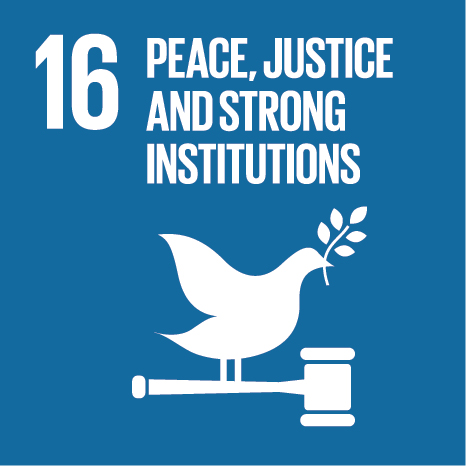Ciência_Iscte
Publications
Publication Detailed Description
Proceedings of 2015 IEEE World Conference on Complex Systems, WCCS 2015
Year (definitive publication)
2015
Language
English
Country
United States of America
More Information
Web of Science®
This publication is not indexed in Web of Science®
Scopus
Google Scholar
This publication is not indexed in Overton
Abstract
In this work we describe the introduction of quantitative measures of emergent crowd patterns in an existing Agent-Based model (ABM) of street protests with multiple actors (police, protester and ‘media’ agents). The model was applied to a scenario of a police force defending a government building which protesters seek to invade. The improved model provided a coherent ‘narrative’ of the simulations and highlighted the realistic and unrealistic aspects of the agents’ interactions. Two new types of police agents – ‘defensive’ and ‘offensive’ – were introduced, leading to a realistic model representation of police cordons defending a site or charging to disperse clusters of violent protesters. The new quantitative measures provided information on cluster size and orientation of clusters of violent protesters, as well as police coverage and protester breaching of the defensive perimeter, together with the time history of the bursts of localized fights and arrests. It was shown how the quantitative measures of the emergent properties can be used for both parameterization and validation of the model.
Acknowledgements
--
Keywords
Agent-based model,Protests,Violence,Clustering,Emergent properties
Fields of Science and Technology Classification
- Computer and Information Sciences - Natural Sciences
- Physical Sciences - Natural Sciences
Funding Records
| Funding Reference | Funding Entity |
|---|---|
| UID/EEA/50008/2013 | Fundação para a Ciência e a Tecnologia |
Related Projects
This publication is an output of the following project(s):
Contributions to the Sustainable Development Goals of the United Nations
With the objective to increase the research activity directed towards the achievement of the United Nations 2030 Sustainable Development Goals, the possibility of associating scientific publications with the Sustainable Development Goals is now available in Ciência_Iscte. These are the Sustainable Development Goals identified by the author(s) for this publication. For more detailed information on the Sustainable Development Goals, click here.

 Português
Português



